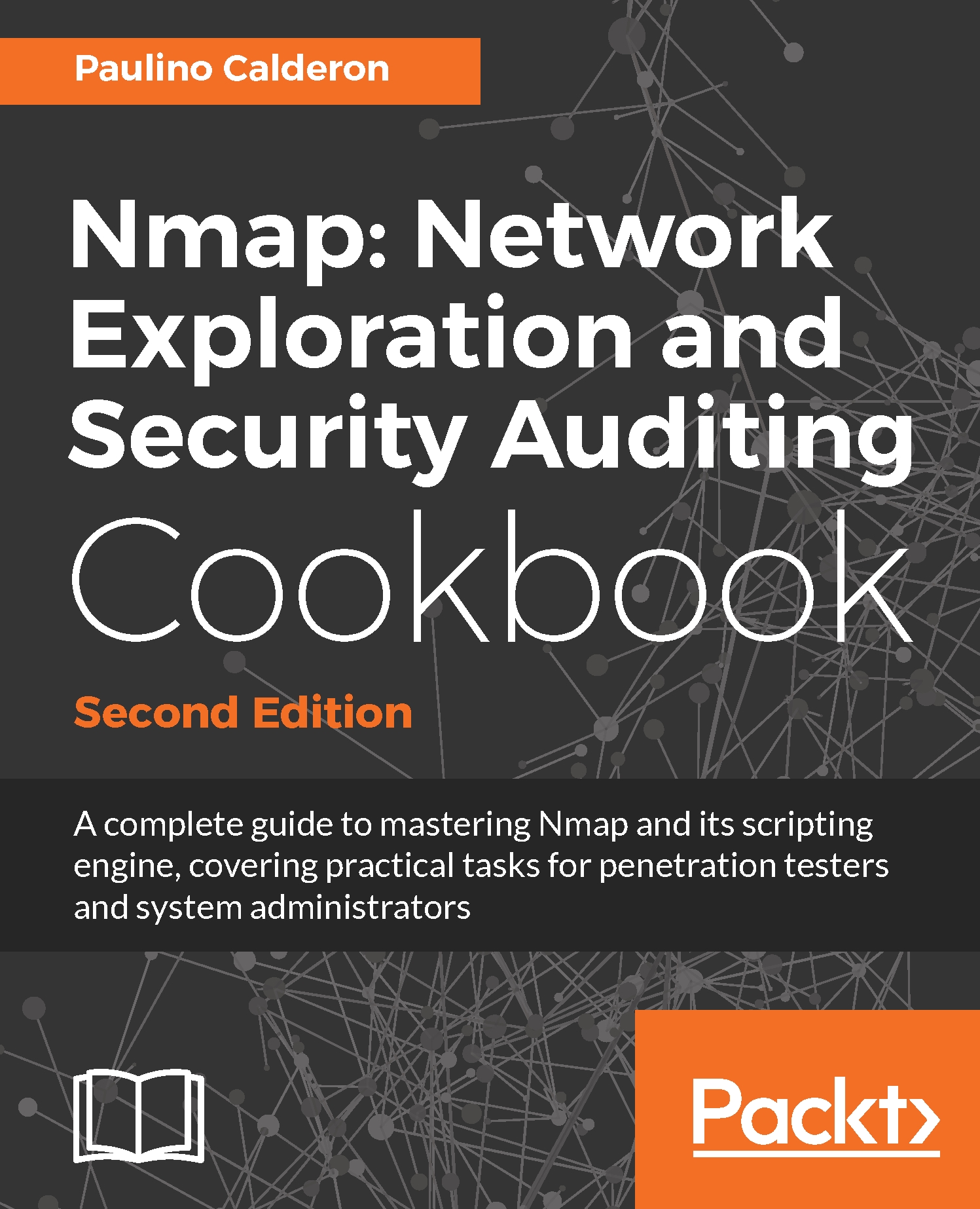This chapter covers the following recipes:
- Listing supported HTTP methods
- Checking whether a web server is an open proxy
- Discovering interesting files and folders in web servers
- Abusing mod_userdir to enumerate user accounts
- Brute forcing HTTP authentication
- Brute forcing web applications
- Detecting web application firewalls
- Detecting possible XST vulnerabilities
- Detecting XSS vulnerabilities
- Finding SQL injection vulnerabilities
- Detecting web servers vulnerable to slowloris denial of service attacks
- Finding web applications with default credentials
- Detecting web applications vulnerable to Shellshock
- Detecting insecure cross-domain policies
- Detecting exposed source code control systems
- Auditing the strength of cipher suites in SSL servers
- Scrapping e-mail accounts from web servers


